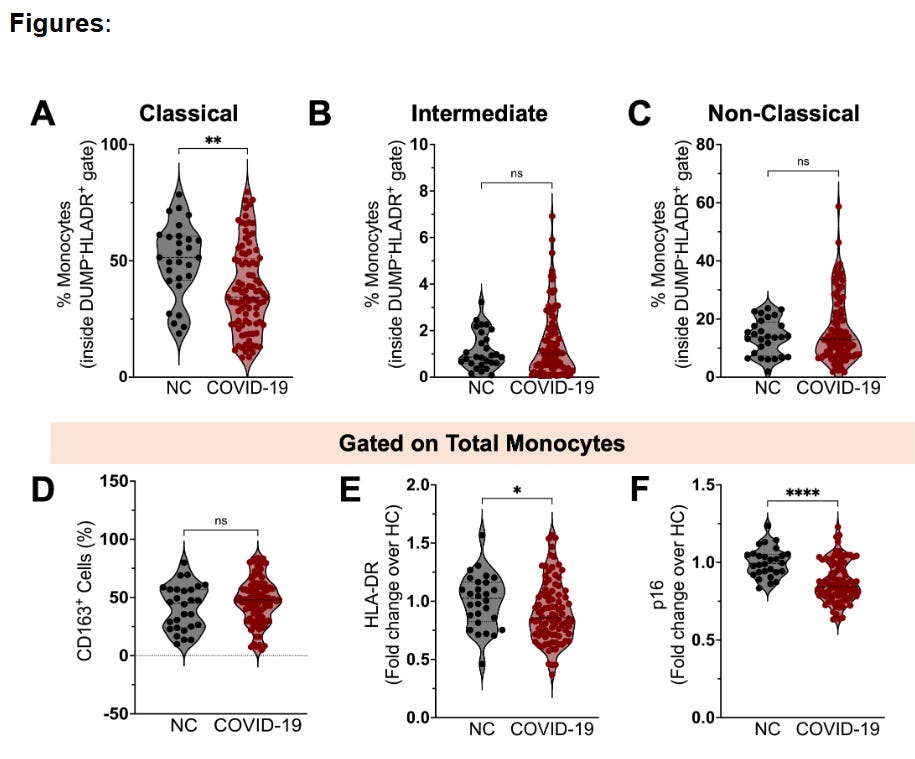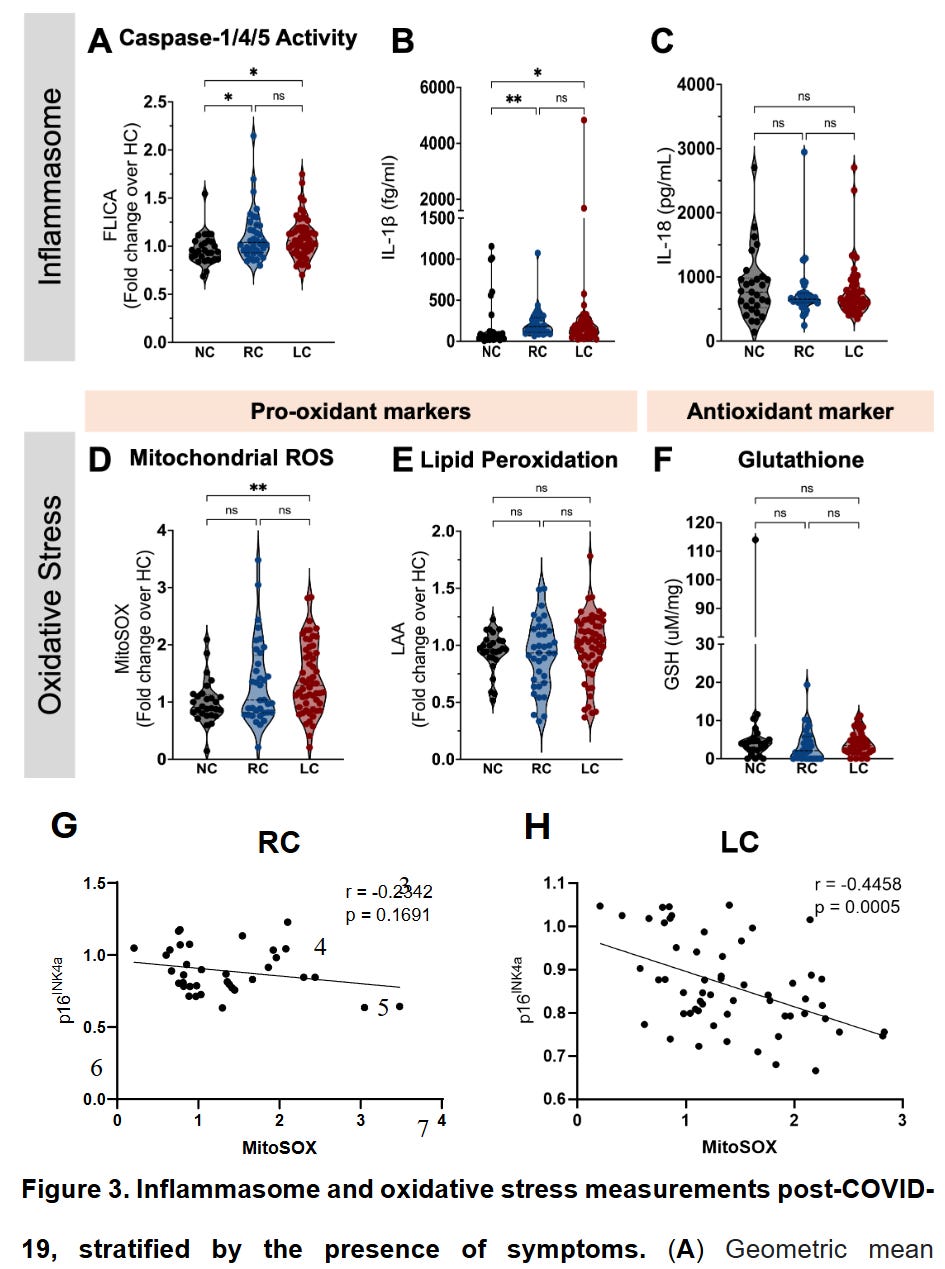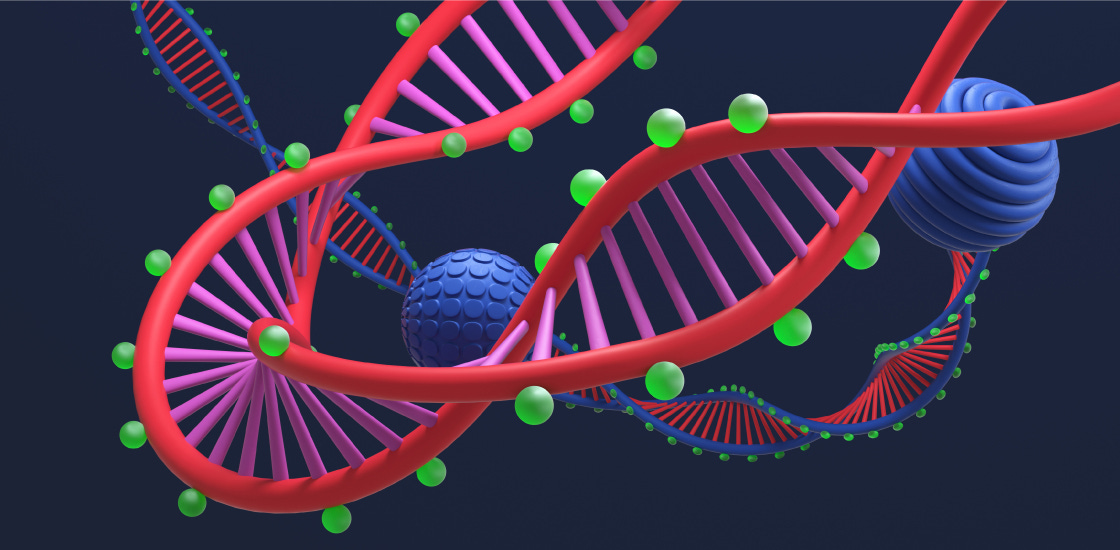I need to preface this article with a short message, and parts of it are not so good.
As I have brought to your attention a few times, the low-hanging fruits of SARS-CoV-2 research are now all but gone, so breakthroughs take time. I have been battling against one specific mechanism to find and understand why fragments and Spike Protein last in the body. Plus a lot of digital and real housekeeping (lol).
While writing this article and doing the real housekeeping, we experienced uncharacteristic rain here, and I slipped on something - paper, plastic, I don’t remember - but I “wrecked” my right wrist pretty badly. It is the reason for my lack of activity. The movement of writing on paper and typing is the one most affected. I am typing slowly now, and any other articles may take longer than my usual 3 to 5 days to complete.
And on Tuesday morning, my vaccine-injured aunt (Immune Thrombocytopenia) passed away, after suffering for many years with declining health. May she rest in peace and comfort without suffering anymore.
I will preface this paper by pointing out a few of its most important points. The patients here are unvaccinated, which isn’t too difficult to find, but most importantly, they were only infected once when the samples were collected, which is absurdly rare these days. Even if someone quite literally suffers merely from the sniffles from an Omicron infection, it is incredibly difficult to find non-reinfected individuals. No antiviral treatments, no variants, just samples from the first wave.
3 groups of patients, 30 never infected controls (naive controls), 38 who had Covid and recovered, and 58 who had Covid and developed Long Covid. Tests were done on an average of 4 months post-infection.
As covered recently in many, monocytes are highly important white blood cells, they are a crucial part of your immune system. Their main job is to fight and especially clean off attackers, and when it comes to SARS-CoV-2 and its onslaught, they play a critical role.
Compared to naive controls, any persons who had Covid before had reduced expression of two very important proteins in their monocytes. HLA-DR, a marker for maturation and activation, and p16INK4a, a marker for replicative senescence (the cells stop dividing, they become zombie cells), months after infection, indicating lasting dysfunction in the monocytes. This last marker has even bigger implications. Measuring these markers and comparing them between Long Covid and Recovered can’t distinguish between people with Long Covid and Recovered.
Oxidative stress, a process inside the cells that can damage them, and this triggers inflammasome activation (a signaling protein inside your cells that starts inflammation and can lead to the cell dying). Both long-term markers for Long Covid, they remain active in many patients. Compared to naive controls, both LC and Recovered patients had higher caspase 1, 4, and 5 activity. Inflammasome leads to activation of caspases, which promotes the secretion of inflammatory proteins, and they found higher levels of IL-1β in the plasma, which indicates systemic inflammation.
Where there is oxidative stress and systemic inflammation, there is mitochondrial dysfunction, which is one of the most impactful parts of our cellular function. They assess this by measuring markers such as mitochondrial superoxide, lipid peroxidation (superoxide leads to production of substantial amounts of radicals which react with the mitochondrial membrane, which leads to lipid peroxidation), and general antioxidant status inside the cell by Glutathione levels. No lipid peroxidation was found in any group with prior infection, but persistent higher levels of mitochondrial superoxide were.
p16INK4a has many other functions, and inside the cell, it is known to control oxidative stress production, thus, lower levels lead to elevated mitochondrial membrane potential and more oxidative stress in the monocytes of Long Covid patients.
Systemic Immune Dysfunction
A hallmark of an acute, severe, and especially lasting sequelae (Long Covid) infection from this chimera has been immune dysruption, and furthermore, dysfunction. Markers for systemic monocyte activation, such as sCD14 and sCD163, and IP-10 were higher, and this also indicates IFN-γ signaling. Irisin, a marker for increased metabolic rate and oxidative stress, was significantly higher in anyone with prior infection.
If you have been reading me for just this past year alone, you will be able to deduce that these findings indicate a shift towards the Kynurenine Pathway, and as such, this is what the authors found. Increased levels of Kynurenine and a significant decrease in Tryptophan levels in the plasma of patients with prior infection, with a significantly higher Kyn/Try (Kynurenine to Tryptophan) ratio.
Even when using different methods, the authors observe a systemic metabolic shift towards the Kynurenine Pathway, and here it persists for months after the infection. The only distinct between Long Covid to Recovered patients was an even more pronounced dysregulation of Kyn and Tryp in the LC group. This replicates the finding of many other research groups, this metabolic shift is systemic, lasting.
The systemic immune dysfunction goes beyond merely monocytes, especially in Long Covid cases, so the authors measured markers in other immune cells, those being T-Cell, B-Cell, Natural Killers, Innate Lymphoid Cells, (ILCs, they are a redundant type of T-cell like cells, but don’t need antigens to act), plasmacytoid Dendritic cells (pDCs, dendritic cells that are known to be potent producers of Type I Interferon, and linking both arms of the immune system), and monocytes.
In anyone with prior Covid, pDCs and naive CD4 T-cells were found to be decreased, and elevated EM CD8 T-Cells compared to naive (this is somewhat to be expected). What is not to be expected is the increased expression of PD1, and lower CD38, indicating that not only did anyone who had Covid months prior have fewer pDCs, they had signs of exhaustion.
CD4 subsets had different observations. Centra memory ones had higher activation markers, but Effector Memory ones had lower Ki67, a marker for proliferation, meaning they aren’t replicating as much. p16INK4a was significantly lower in the Effector Memory CD4 T-Cells in the post-Covid group compared to the naive group. Gene analysis of CD4 cells showed a distinction between Recovered and Long Covid, where the latter group shows changes in genes related to chromatin organization, complement, humoral immunity, and signaling pathways.
A distinct feature of a subset of Long Covid patients is the CD8 dysfunction. In Central Memory CD8 T-Cells, they observed higher levels of p16INK4a and KIR (Killer-cell Immunoglobulin-like Receptor) and lower CD57, this combination shows a senescence phenotype. The CD8 in Long Covid shows a trend towards sustained activation and exhaustion, with markers for tissue damage.
The monocyte compartment in Long Covid patients here is profoundly altered and so does DNA methylation.
Changes in DNA methylation
I wrote about accelerated epigenetic aging following SARS-CoV-2 infection, and so the authors decided to test a part of the patients for changes in DNA methylation, measuring biological age by assessing DNA methylation showed no significant changes, and many of the previous papers demonstrate a trend towards recovery where there is observable accelerated aging.
But the authors observed significant differences in gene methylation when comparing anyone who was infected with Covid vs naive controls. What they observed is that several genes responsible for intracellular processes were highly methylated compared to people who were never infected. More methylation can silence the gene, stopping its function.
PCED1A → It regulates cellular metabolism and detoxification, disruption of this function can lead to the energy deficits and fatigue observed in LC
GLB1L → It creates an enzyme that degrades glycoproteins and glycolipids. It is critical for cellular waste clearance, impairment of this function leads to the accumulation of waste and inflammasome activation
IGFBP → regulates Insulin-like Growth Factor bioavailability, influences cell growth, metabolism, and senescence
ZC3H8 → Suppresses NF-kb, acting as a stop signal for inflammation. If the gene doesn’t function properly, it leads to uncontrolled inflammatory responses
SLC12A → Ion transporters that regulate sodium, potassium, and chloride balance, vital for neuronal, cardiac, renal, and intracellular function. This could explain the autonomic dysfunction in Long Covid
VPS16 → Facilitates cellular clearance pathways, and changes in this gene function are linked to neurodegeneration
Certain very important genes were found to be hypomethylated, thus they become more active.
ZFP64 (Zinc finger protein) → A transcription factor (it influences which genes are activated), and in this particular case it is a very impactful activatator for oncogenes, genes that promote cancer growth and immune evasion of said cancer, such as MML, PD-1 and CTLA-4, and of specially interest Galectin-1 these last three covered here multiple times.
Hypomethylation increases cancer risk by suppressing antitumor immunity, and ironically, it also enables viral persistence.
CBR3-AS1 → A long non-coding RNA (it doesn’t produce a protein but it has physiological activity), oncogenic, and it is upregulated in many cancers, such as lung and gastric, and inflammatory diseases.
The data presented here is essentially medium-term data, taken around 4 months post-infection. It reveals that individuals who had COVID-19, whether they fully recovered or developed Long Covid, share many lasting immunological and metabolic dysfunctions compared to those never infected.
The Long Covid patients, however, exhibit further and distinct lasting changes, particularly in terms of cellular senescence in T-cells, dysregulated oxidative stress in monocytes, and a more pronounced metabolic shift. The monocytes are immature, showing a pronounced and prolonged myelopoiesis, when the body produces a lot more myeloid cells.
Certain subsets of T-cells show clear signs of exhaustion, and overall, there is a paradoxical state of exhaustion, yet an inflammatory process is ongoing, continuously. And once again, we observe converging trends, these findings indicate persistent viral fragments or tissue damage, which I firmly believe is driven by said fragments “stuck” in said tissue, an agglomeration of viral proteins, our inflammatory proteins, and toxins.
Another trend we have observed recently was the months-long shift towards myelopoiesis, the production of more myeloid cells, a dynamic you observe during chronic conditions. And the authors themselves raise the same observation I have made before, SARS-CoV-2 causes lasting mucosal damage, especially in the gut, driving the transport of endotoxin throughout the body, and so do fungal toxins, both can interact with the viral fragments, and by themselves cause every. Single. Dynamic covered in this paper.
Of course, not only are the paper's findings complex, Long Covid and SARS-CoV-2 main theme is paradoxical. When opposing effects co-exist, causing systemic damage, it is why it is hard to treat LC, so I leave you with this paper, which I had nothing to do with. A peculiar title, a peculiar approach, and a rather interesting use of advanced technology.
Long COVID’s Hidden Complexity: Machine Learning Reveals Why Personalized Care Remains Essential
I have a lot to write about, a lot of “catching up” to do. I usually prefer highly complex, layered articles, but I will publish all the next articles separately, and they should be interpreted as directly connected in regards to SARS-CoV-2. Typing remains slow, and somewhat painful.
Revisit any of my recent articles in the past 2 months if you want to dig further and further into every facet discussed here.
Your patience and continued support are greatly appreciated in these difficult times.








I will correct anything tomorrow. The goal is to go back into my normal schedule, unless a global war pops off.
I am now the it's all so tiresome gif personified.
I hope all my readers are having an easier time than me. Lmao
hope your arm is better soon